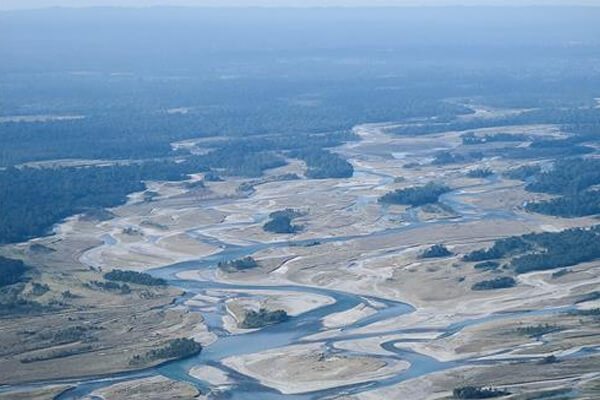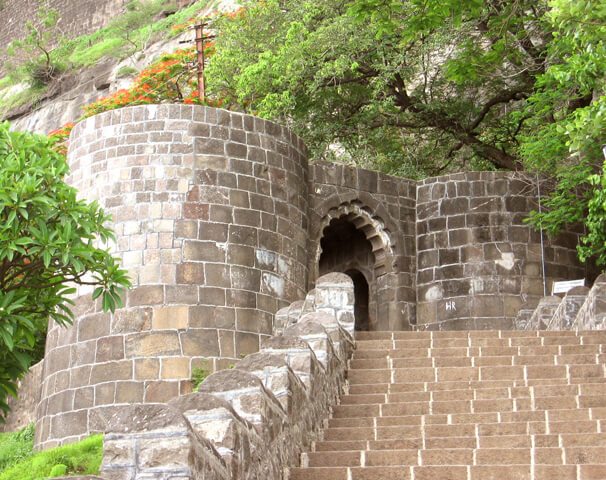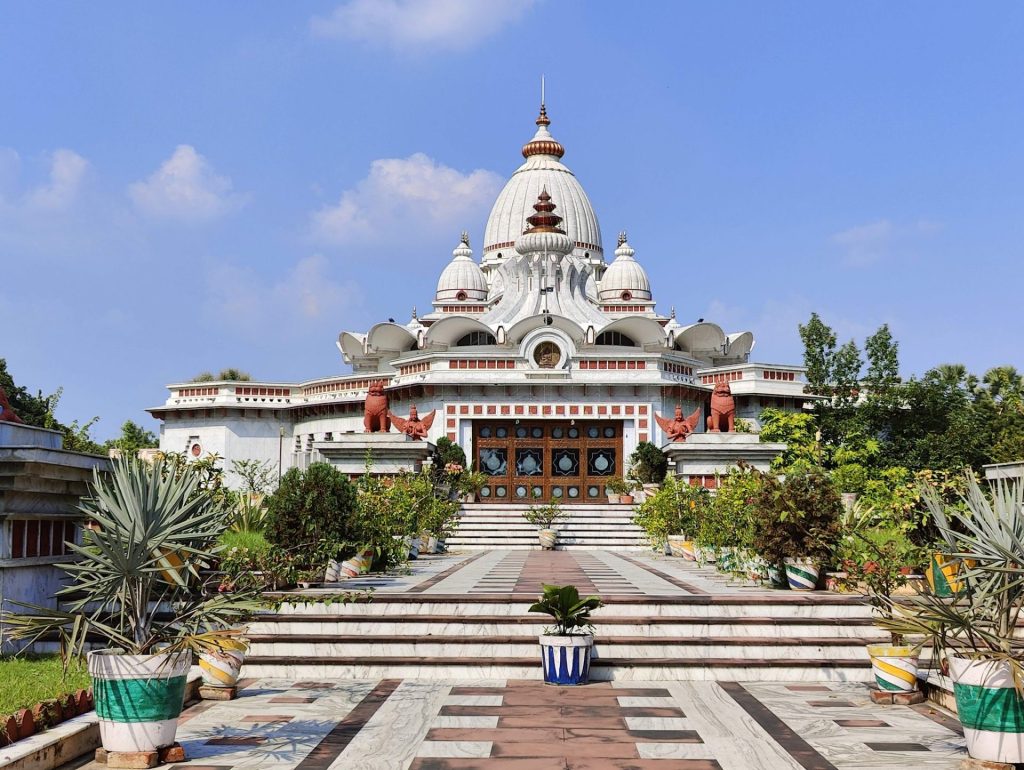The Jakar Tshechu Festival is a significant cultural event in Bhutan. It’s known for vibrant dances and deep traditions.
Every year, Jakar Tshechu attracts visitors from around the world. Held in the scenic Bumthang district, this festival showcases Bhutanese heritage through captivating mask dances and rituals. The festival is not just a visual feast; it’s a spiritual experience. Locals believe these dances bring blessings and protect against evil spirits.
The atmosphere is lively, filled with colorful attire and joyful celebrations. Visiting the Jakar Tshechu offers a unique glimpse into Bhutan’s rich culture and traditions. Whether you’re a history enthusiast or simply curious, this festival promises unforgettable memories. Join us as we explore the wonders of the Jakar Tshechu Festival!
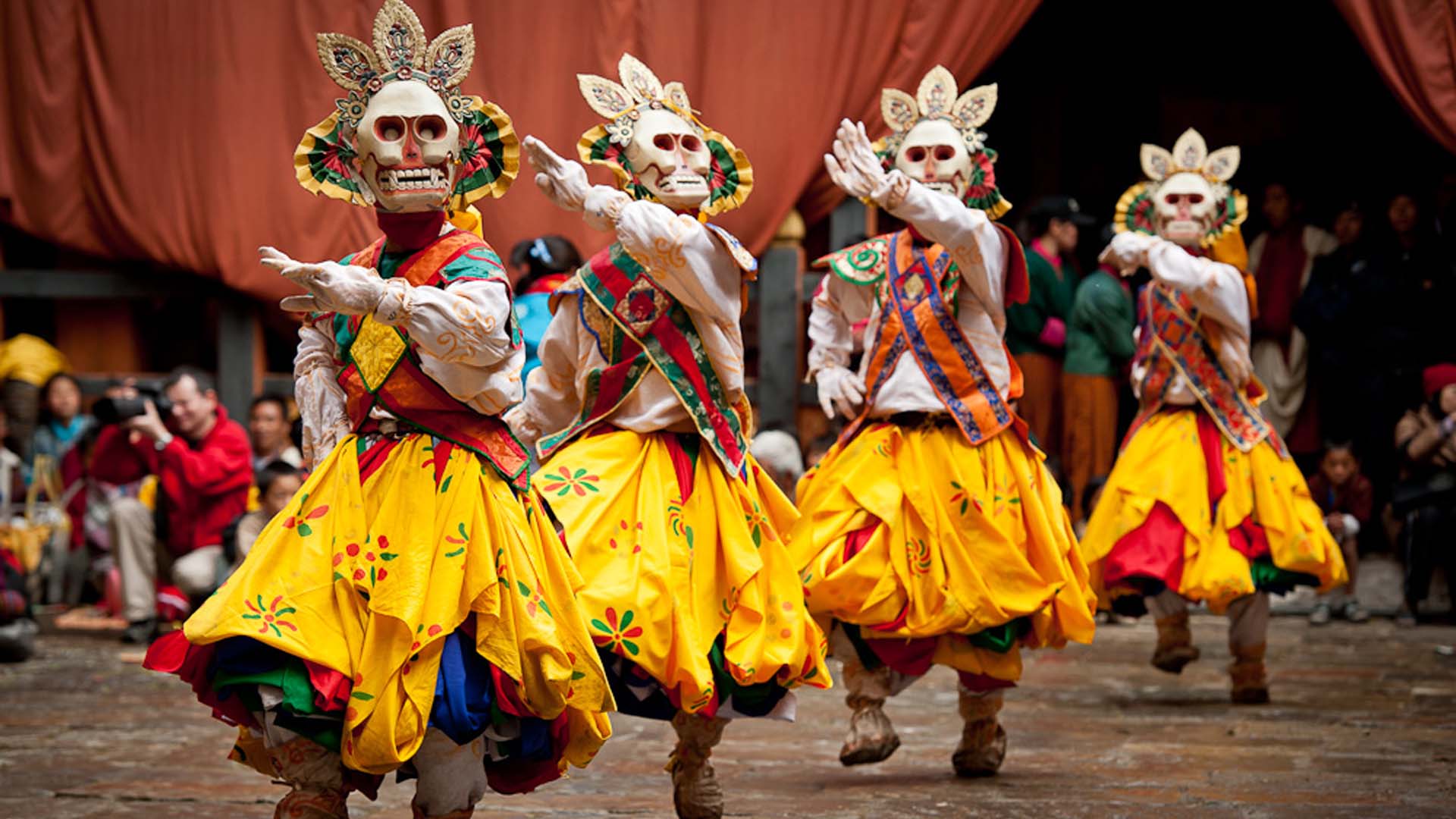
Credit: www.breathebhutan.com
Origins Of Jakar Tshechu
The Jakar Tshechu Festival is a vibrant celebration held in Bhutan, attracting visitors from around the world. This festival, filled with colorful dances and spiritual rituals, offers a unique glimpse into Bhutanese culture. But where did it all begin? Let’s delve into the fascinating origins of Jakar Tshechu.
Historical Background
The roots of Jakar Tshechu can be traced back to the 17th century. It was initiated by the great Buddhist saint, Pema Lingpa, who is revered for his contributions to Bhutanese Buddhism. The festival is held in the picturesque town of Jakar, nestled in the Bumthang Valley. This region is known for its historical significance and beautiful monasteries.
During my visit to Bhutan, I was struck by the deep connection the locals have with their history. One elder shared how Pema Lingpa’s teachings have been passed down through generations, emphasizing the importance of preserving their spiritual heritage. This interaction made me appreciate the festival even more.
Cultural Significance
The Jakar Tshechu is not just a historical event; it holds immense cultural significance for the Bhutanese people. The festival is a grand spectacle of masked dances, also known as Cham dances, which are performed by monks. These dances are not mere entertainment; they are believed to invoke deities and protect the community from evil spirits.
Imagine standing amidst a crowd, watching the dancers in their elaborate costumes and masks. Each dance tells a story, often based on Buddhist teachings. You can feel the energy and devotion of the performers, making the experience truly unforgettable. Have you ever wondered how such traditions manage to stay alive in our fast-paced world?
For the Bhutanese, Jakar Tshechu is a time to come together, celebrate their faith, and honor their ancestors. It’s a reminder of the values that have shaped their society. As you watch the locals participate in the rituals, you can’t help but feel a sense of unity and pride.
By understanding the origins and significance of Jakar Tshechu, you gain a deeper appreciation for this extraordinary festival. It’s not just about the vibrant costumes or the mesmerizing dances; it’s about a community’s unwavering commitment to their heritage. So, the next time you find yourself planning a trip, consider immersing yourself in the rich history and culture of Jakar Tshechu. How will you connect with the traditions that shape the places you visit?
Festival Highlights
The Jakar Tshechu Festival is a celebration of Bhutanese culture. It showcases vibrant colors, ancient traditions, and profound spirituality. The festival highlights several important aspects that draw locals and tourists alike. Let’s delve into the most captivating parts of this event.
Traditional Dances
One of the main attractions is the traditional dances. These dances are performed by monks and laymen dressed in elaborate costumes. Each dance tells a story, often depicting historical events or mythological tales. The performers wear masks representing deities, animals, and spirits. The choreography is intricate, with synchronized movements and rhythmic beats.
Sacred Rituals
The festival also includes sacred rituals. These rituals are meant to bless the participants and the spectators. Monks chant prayers and offer symbolic items to the deities. The rituals are performed with great care and precision. They reflect deep spiritual beliefs and cultural heritage. Watching these rituals can be a profound and moving experience.
Costumes And Masks
Jakar Tshechu Festival features vibrant costumes and masks. These traditional outfits showcase Bhutan’s rich cultural heritage. Performers in colorful attire entertain the crowd with their energetic dances.
Costumes and Masks The Jakar Tshechu Festival is a vibrant and mesmerizing celebration held in the heart of Bhutan. One of the most captivating elements of this festival is the elaborate costumes and masks worn by the performers. These intricate outfits and expressive masks are not just for show; they carry deep symbolic meanings and tell stories that have been passed down through generations.Symbolic Dress
The costumes worn during the Jakar Tshechu Festival are a sight to behold. Each garment is carefully crafted, often featuring bright colors and intricate patterns. These costumes are not just beautiful; they are deeply symbolic. For instance, the dancers don traditional attire called “Gho” and “Kira,” which are Bhutan’s national dress. The Gho for men and Kira for women are often made from fine silk or brocade, adorned with traditional motifs that represent various elements of Bhutanese culture. The colors are also significant—red symbolizes power, blue represents purity, and yellow denotes wisdom. When I first saw these costumes, I was struck by their beauty and the care taken in their creation. It made me wonder about the stories and traditions behind each stitch. Have you ever considered what the clothes we wear say about our heritage?Intricate Mask Designs
The masks worn during the Jakar Tshechu Festival are equally fascinating. These masks are not just accessories; they are central to the dances performed. Each mask is designed to represent various deities, animals, and mythical creatures from Bhutanese folklore. The process of making these masks is an art form in itself. Artisans spend months carving them out of wood and painting them with vibrant colors. The designs are incredibly detailed—some masks have intricate carvings of dragons and other mystical symbols. The masks are often paired with elaborate headgear, adding another layer of complexity to the performers’ appearance. Seeing these masks up close, I was amazed by the craftsmanship involved. It made me appreciate the dedication and skill required to keep this tradition alive. Have you ever thought about the amount of work that goes into preserving cultural traditions? The costumes and masks of the Jakar Tshechu Festival are more than just visual spectacles. They are a way to connect with the past and keep cultural stories alive. Next time you see a traditional costume or mask, take a moment to think about the history and meaning behind it. What stories do your traditions and customs tell?Dance Performances
Jakar Tshechu Festival showcases mesmerizing dance performances. Dancers in vibrant costumes tell ancient stories through their graceful movements. These traditional dances captivate audiences with their cultural significance.
The Jakar Tshechu Festival, held in the picturesque Bumthang Valley in Bhutan, is renowned for its vibrant dance performances. These dances, steeped in tradition and spirituality, are the heart of the festival. They offer a mesmerizing glimpse into Bhutanese culture, enchanting both locals and visitors alike. ###Cham Dance
The Cham Dance is one of the most anticipated performances at the Jakar Tshechu Festival. This sacred dance, performed by monks, is rich in symbolism and spiritual significance. The dancers don elaborate masks and colorful costumes, each representing various deities, animals, and mythical creatures. The rhythmic movements and the haunting music create an almost otherworldly experience. It’s said that watching the Cham Dance can purify the soul and bring blessings. When I first witnessed the Cham Dance, I was struck by the intensity and precision of the dancers. You can’t help but feel a deep connection to the ancient traditions they are preserving. Have you ever experienced a performance that left you speechless? The Cham Dance has that power. It’s not just a dance; it’s a spiritual journey. ###Folk Dances
In addition to the Cham Dance, the Jakar Tshechu Festival features an array of folk dances that celebrate the everyday life and history of Bhutanese people. These dances are performed by local villagers, and they are a stark contrast to the solemnity of the Cham Dance. They are lively, joyous, and full of energy. Men and women, dressed in traditional attire, perform synchronized steps to the beat of drums and the melody of flutes. The dances depict scenes of farming, courtship, and celebration. Watching the folk dances, you get a sense of the community spirit and the importance of tradition in Bhutanese culture. One of the most memorable moments for me was watching a group of children performing a dance that mimicked the planting of rice. Their faces beamed with joy, and it was a poignant reminder of the connection between culture and daily life. Have you ever considered how dance can tell the story of a community? The folk dances at Jakar Tshechu do just that. They are a celebration of life, heritage, and unity. The dance performances at the Jakar Tshechu Festival are more than just entertainment. They are a profound expression of Bhutanese identity and spirituality. Whether you are drawn to the mystical Cham Dance or the spirited folk dances, there is something that will captivate your heart and soul.Spiritual Practices
Spiritual practices form the heart of the Jakar Tshechu Festival. These practices bring inner peace and blessings to participants. They offer a chance to connect deeply with one’s spiritual side. Let’s explore some key spiritual practices.
Meditation Sessions
Meditation sessions during the Jakar Tshechu Festival are profound. Monks guide participants through mindful breathing exercises. The serene environment enhances the experience. These sessions help clear the mind and reduce stress. They offer a moment of calm in the busy festival.
Many people find peace in these moments of silence. The sessions are open to everyone. Even beginners can join and benefit. The focus is on being present and aware. It’s a simple yet powerful practice.
Blessing Ceremonies
Blessing ceremonies are a highlight of the festival. Monks perform rituals to bless participants. These ceremonies are filled with chanting and sacred music. The air feels charged with positive energy.
Participants receive blessings for health and prosperity. The ceremonies are deeply moving. They create a sense of community and shared spirituality. People leave feeling uplifted and renewed.
Children and elders alike take part. The blessings are inclusive and welcoming. They remind everyone of the importance of compassion and kindness. It’s a beautiful experience.
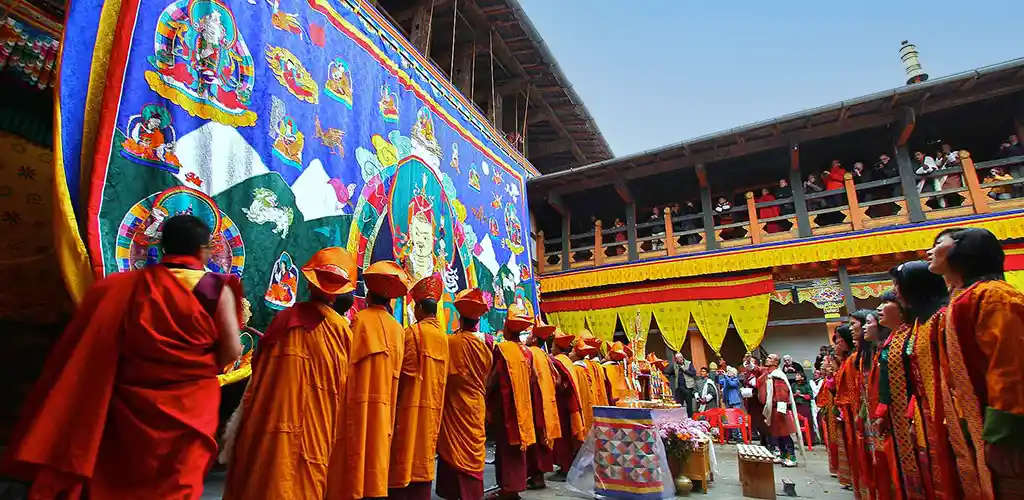
Credit: www.indochinatravel.com
Local Participation
Locals actively participate in the Jakar Tshechu Festival, showcasing traditional dances and vibrant costumes. Community involvement adds to the festival’s lively atmosphere.
Local Participation The Jakar Tshechu Festival is more than just a vibrant celebration; it’s a deeply rooted tradition that brings together the entire community of Jakar. When you attend, you don’t just witness a festival. You become part of a living, breathing culture where local participation plays a crucial role. ### Community Involvement Community involvement is the heart of the Jakar Tshechu Festival. Every resident, from the youngest child to the elders, has a part to play. Have you ever wondered how a community can come together so seamlessly? It’s because they’ve been doing it for generations. Parents and Children: Families prepare for months. Children learn traditional dances while parents craft intricate costumes. During the festival, you can see the pride in their eyes as they showcase their heritage. Artisans and Vendors: Local artisans work tirelessly to create beautiful handicrafts. Vendors set up stalls, offering everything from food to traditional clothing. This isn’t just an opportunity for them to make a living; it’s a chance to share their culture with you. Volunteers: Countless volunteers help organize and manage the festival. They ensure everything runs smoothly, from setting up stages to directing traffic. These efforts might go unnoticed, but they are vital for the festival’s success. ### Role of Monks Monks hold a special place in the Jakar Tshechu Festival. Their participation is not just ceremonial; it’s deeply spiritual and symbolic. Rituals and Blessings: Monks perform various rituals that cleanse the community and bless the festival. These rituals are said to bring prosperity and peace. Imagine witnessing a ceremony that has been performed for centuries—it’s a humbling experience. Mask Dances: The highlight of the festival is the mask dances performed by monks. These dances are not just visually stunning; they tell stories of good triumphing over evil. Each movement is precise, each mask handcrafted with care. When you see a monk in a vividly painted mask, you’re not just seeing a performance; you’re witnessing history. Teaching and Guidance: Monks also take this opportunity to educate the community, especially the younger generation, about the significance of the festival. They explain the stories behind the dances and the meaning of the rituals. This ensures that the cultural heritage is passed down and preserved. Isn’t it fascinating how local participation shapes the Jakar Tshechu Festival? It’s a collective effort that makes the festival not just an event, but a profound experience. How will you immerse yourself in this cultural tapestry when you visit? By engaging deeply with the community and understanding the pivotal role of monks, you gain more than just memories. You gain insights into a culture that values tradition, community, and spirituality. So, the next time you find yourself at the Jakar Tshechu Festival, don’t just be a spectator—be a participant in this remarkable cultural celebration.Festival Preparation
Festival preparation for the Jakar Tshechu Festival starts months in advance. Every detail gets attention to ensure a successful event. The community comes together in a spirit of cooperation and excitement.
Event Planning
The event planning stage involves many steps. Local leaders meet to set the festival dates and schedule. They also decide on the performances and ceremonies. Coordination with performers and monks is essential. Everyone’s role is clearly outlined.
Security is another critical aspect. Volunteers are assigned to manage crowd control. Emergency response plans are also in place. The goal is a safe and enjoyable experience for all.
Decorations
Decorations play a huge role in setting the festival’s mood. Bright and colorful fabrics adorn the area. Traditional Bhutanese motifs are displayed prominently. Local artisans create intricate designs for the event. These decorations reflect the rich cultural heritage.
Flowers also play a significant role. Fresh flowers are arranged in beautiful patterns. Their fragrance fills the air, adding to the festive atmosphere. Every corner of the venue gets a touch of beauty and tradition.
Visitor Experience
Visiting the Jakar Tshechu Festival is a once-in-a-lifetime experience. The festival, held in Bumthang, Bhutan, is a captivating blend of spirituality, culture, and vibrant performances. As a visitor, you’ll be immersed in the rich traditions of Bhutanese culture, surrounded by the stunning Himalayas. But to make the most of your trip, there are a few things you should know. Here are some essential travel tips and cultural etiquette guidelines to ensure you have an unforgettable experience.
Travel Tips
Traveling to the Jakar Tshechu Festival requires some planning. Here are a few tips to help you get started:
- Book Early: Accommodations in Bumthang can fill up quickly during the festival. To secure a comfortable place to stay, make your reservations well in advance.
- Dress Appropriately: The festival takes place in a high-altitude region. Bring warm clothing, even if you’re visiting in the warmer months.
- Stay Hydrated: The altitude can be challenging. Drink plenty of water to avoid altitude sickness.
- Travel Light: Pack only what you need. The terrain can be rugged, and you’ll appreciate the lighter load.
- Currency: Bhutan uses the Ngultrum (BTN). Ensure you have enough local currency, as ATMs can be scarce in remote areas.
Cultural Etiquette
Respecting local customs and traditions is crucial when attending the Jakar Tshechu Festival. Here’s what you should keep in mind:
- Respect the Dress Code: Wearing traditional Bhutanese attire, such as the Gho for men and Kira for women, is not mandatory for tourists but highly appreciated.
- Be Mindful of Photography: While the festival is a visual feast, always ask for permission before taking photos of monks and locals.
- Silent Observance: During religious ceremonies, maintain silence and avoid causing any disruption.
- Donate Thoughtfully: Making a small donation to the monasteries is a kind gesture. It helps support the community and maintain the cultural heritage.
- Learn Basic Phrases: Simple greetings in Dzongkha, like “Kuzuzangpo” (hello), go a long way in showing respect to the locals.
Attending the Jakar Tshechu Festival is more than just a trip; it’s an immersive cultural journey. How will you make your experience truly memorable? By preparing well and respecting local customs, you’ll not only enjoy the festival to the fullest but also create lasting memories and connections.
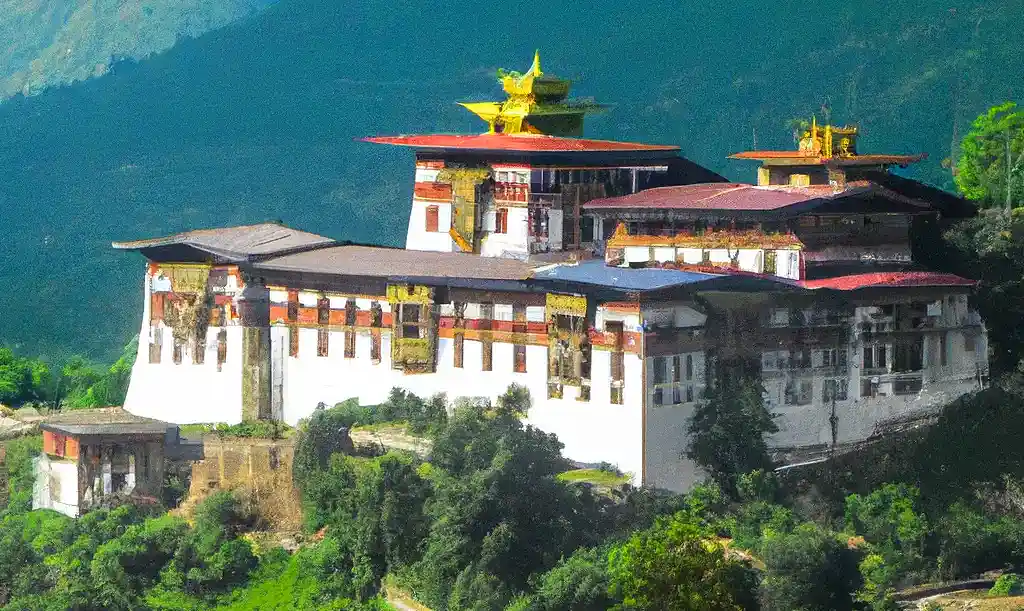
Credit: www.indochinatravel.com
Frequently Asked Questions
What Is The Tsheshu Festival?
The Tsheshu festival is a traditional Bhutanese celebration. It features colorful mask dances, religious rituals, and cultural performances. Held annually, it honors Guru Rinpoche, who introduced Buddhism to Bhutan. Visitors experience vibrant displays of Bhutanese heritage and spirituality during this festival.
Why Do We Celebrate Tshechu?
We celebrate Tshechu to honor Guru Rinpoche, who introduced Buddhism to Bhutan. It strengthens community bonds and promotes spiritual well-being through religious rituals and mask dances.
What Is The Biggest Festival In Bhutan?
The biggest festival in Bhutan is Tshechu. It is celebrated with vibrant mask dances and religious rituals. Tshechu is held annually in various monasteries, temples, and dzongs across Bhutan. The festival honors Guru Rinpoche, who introduced Buddhism to Bhutan.
What Is The Paro Tshechu Festival?
Paro Tshechu is a famous Bhutanese festival held annually in Paro. It features traditional dances, rituals, and vibrant costumes. This event celebrates Bhutan’s rich cultural heritage and attracts many visitors.
Conclusion
The Jakar Tshechu Festival offers unforgettable cultural experiences. Visitors witness vibrant dances and rituals. Locals proudly share their traditions with guests. This festival strengthens community bonds and preserves heritage. Attend the Jakar Tshechu to enjoy Bhutan’s unique culture. The event promises memories that last a lifetime.
Take the opportunity to explore Bhutan’s history and spirituality. Don’t miss this enriching experience.
{ “@context”: “https://schema.org”, “@type”: “FAQPage”, “mainEntity”: [ { “@type”: “Question”, “name”: “What is the Tsheshu festival?”, “acceptedAnswer”: { “@type”: “Answer”, “text”: “The Tsheshu festival is a traditional Bhutanese celebration. It features colorful mask dances, religious rituals, and cultural performances. Held annually, it honors Guru Rinpoche, who introduced Buddhism to Bhutan. Visitors experience vibrant displays of Bhutanese heritage and spirituality during this festival.” } } , { “@type”: “Question”, “name”: “Why do we celebrate tshechu?”, “acceptedAnswer”: { “@type”: “Answer”, “text”: “We celebrate Tshechu to honor Guru Rinpoche, who introduced Buddhism to Bhutan. It strengthens community bonds and promotes spiritual well-being through religious rituals and mask dances.” } } , { “@type”: “Question”, “name”: “What is the biggest festival in Bhutan?”, “acceptedAnswer”: { “@type”: “Answer”, “text”: “The biggest festival in Bhutan is Tshechu. It is celebrated with vibrant mask dances and religious rituals. Tshechu is held annually in various monasteries, temples, and dzongs across Bhutan. The festival honors Guru Rinpoche, who introduced Buddhism to Bhutan.” } } , { “@type”: “Question”, “name”: “What is the Paro Tshechu festival?”, “acceptedAnswer”: { “@type”: “Answer”, “text”: “Paro Tshechu is a famous Bhutanese festival held annually in Paro. It features traditional dances, rituals, and vibrant costumes. This event celebrates Bhutan’s rich cultural heritage and attracts many visitors.” } } ] }
